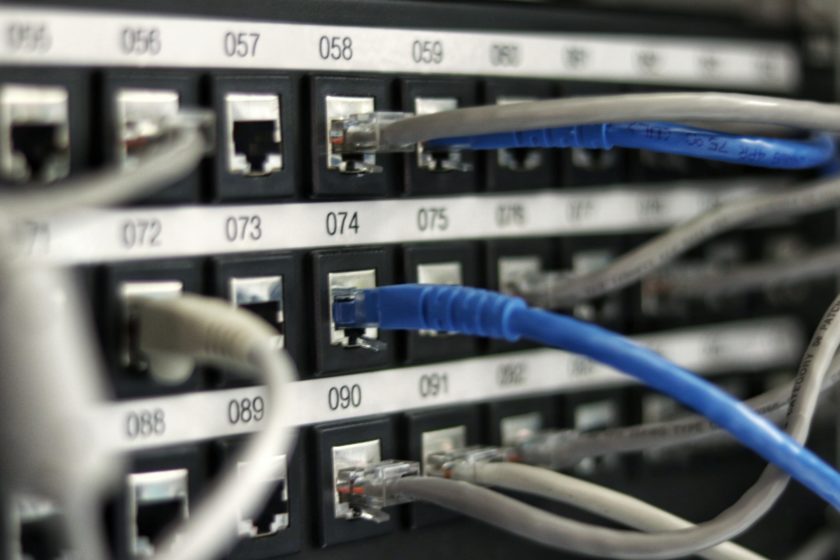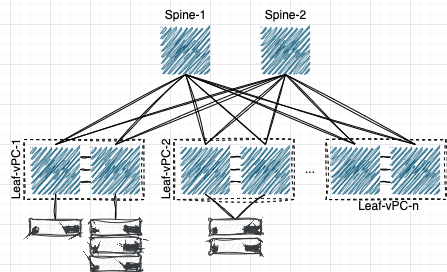2021 IT Blog Awards finalist!
I have the honor of having my blog selected as a finalist in the 2021 IT Blog Awards, hosted by Cisco.
It is a privilege and a great joy for me to have my blog selected for the fourth consecutive year! Congratulations also to all of the other finalists, who all produce great and valuable content!
Click here to vote and choose the winner of the 2021 IT Blog Awards.













